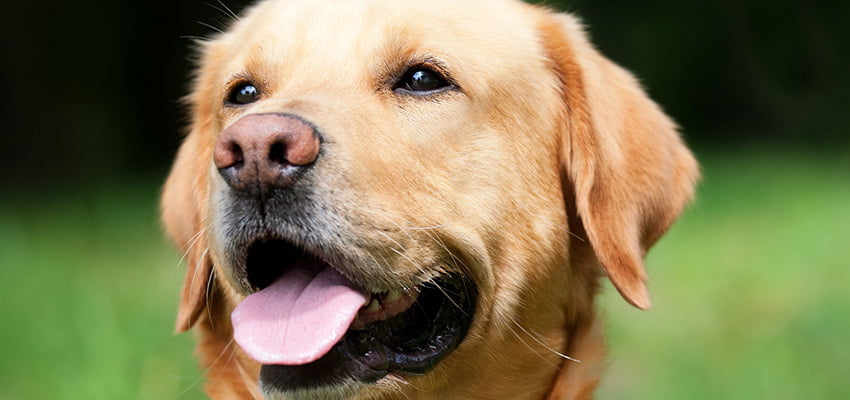AUSTRALIA’S biosecurity detector dogs have their noses trained on the infamous brown marmorated stink bug.
Head of biosecurity Lyn O’Connell said the department was working with the University of New England to train the dogs to detect this serious pest in sea cargo.
“Detector dogs are a pivotal frontline defence against pests and diseases, intercepting around 60,000 biosecurity risk items at Australia’s international airports and mail centres in 2018,” she said.
“We have strong measures in place offshore and at the border to manage the risk of this pest arriving here and we’ll soon have the best noses in the business on the job to enhance our efforts. In Brisbane, we are currently trialling the use of detector dogs for the screening of imported cars. This is a first for biosecurity in Australia.”
Ms O’Connell said the dogs were another way biosecurity officers can detect and stop the pest in its tracks.
“It is an example of how we can expand our existing detector dog capabilities to address current or emerging biosecurity risks,” she said.
Further research will now be undertaken to support the training of new and existing detector dogs. This will also allow the department to conduct rapid response training for existing dogs to help manage other seasonal or emerging pest and disease risks.
The introduction of detector dog screening for sea cargo is another innovative step the department is taking to keep this pest out of Australia.
Currently the department’s detector dog operations has about 60 dogs working in international airports, seaports, mail centres and other locales.
According to DAWR, each dog can, on average, detect between 3000 and 3500 biosecurity risk items during their working life.

